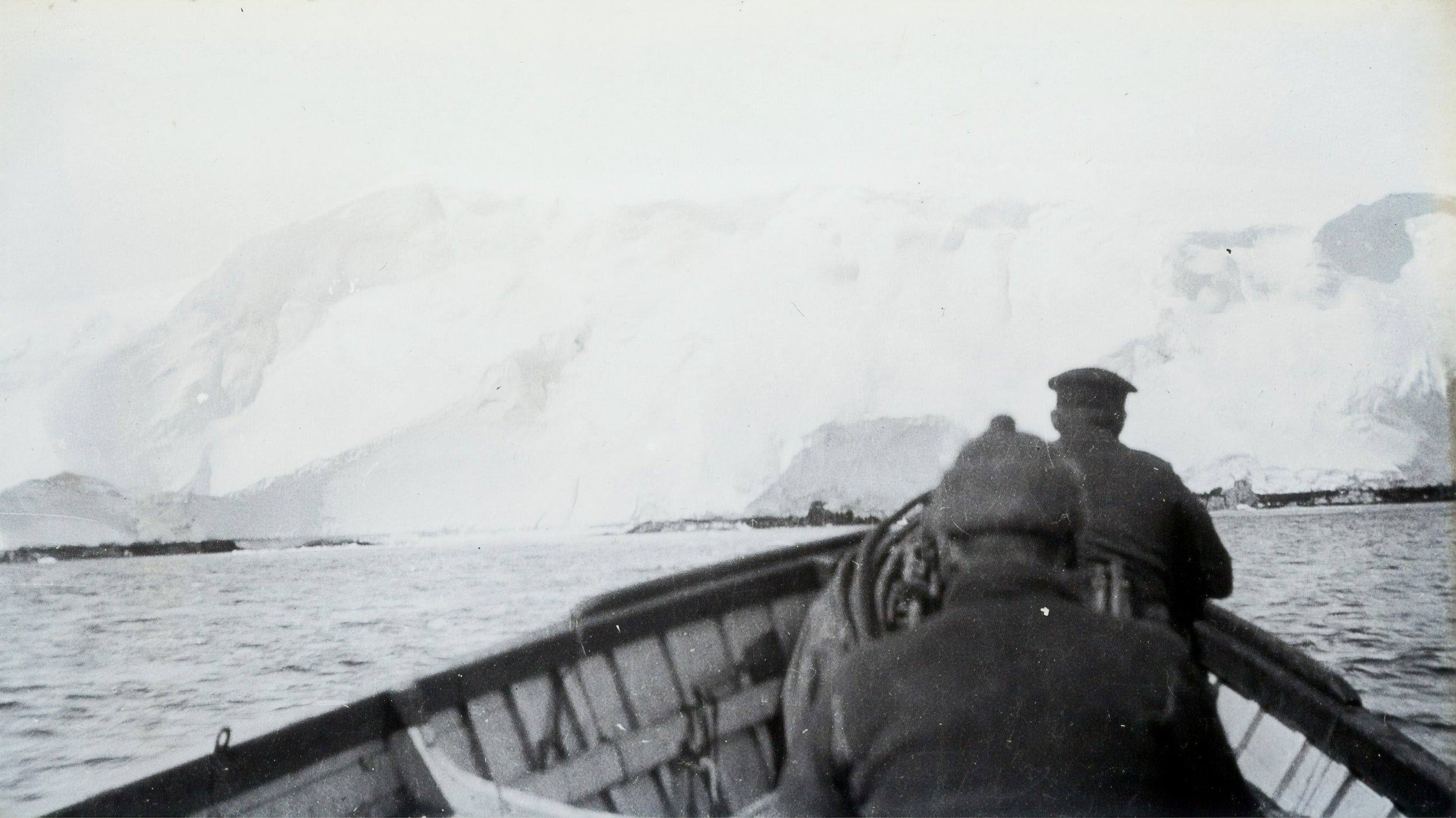Below the surface of a goal
When a client has not been able to make progress on an important goal for some time, I have learned to recognize that we are dealing with an iceburg, and need to go below the surface to study the “geography,” guiding one’s thinking and actions in relation to the goal.
It is always a rewarding expedition to employ this particular process, called Immunity to Change, from Harvard Education professors Robert Keegan and Lisa Lahey’s research; the methodology allows us to examine what we are doing and not doing that work against the goal, the fears and protective commitments we hold which keep us in place, and the underlying core beliefs, which further limit our motivation and ability to make real progress against the status quo. While it is not easy to tweeze out the dynamics, the puzzle usually can be revealed fully within a couple of incisive coaching conversations.
At times, the “blocks” are simple to identify and solve for, such as recognizing the “bright spots” when progress does occur and how to routinize those success factors, but often the obstacles are more deeply rooted in our core beliefs and worldview, which have been settling in place for decades.
Once we get to the root of the dynamics in the geography of our minds, there is a huge relief and excitement. It’s then that we can pose experiments to blow up the “foundation of the iceburg” and create a new operating map for real change to occur.

